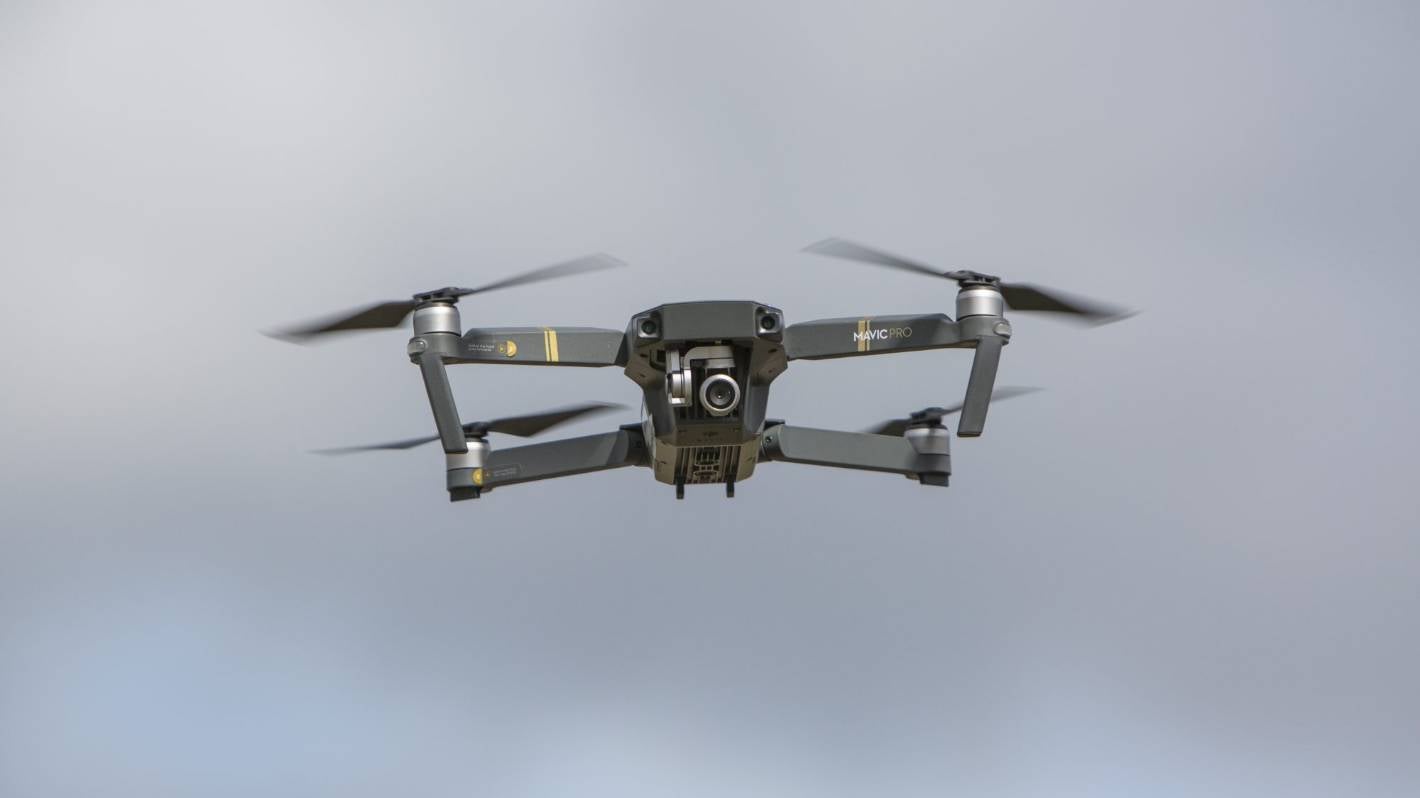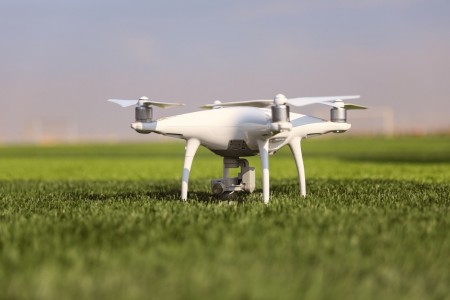
Iran's drone program is inspired by the Predator, which is an American Air Force model. The Shahed 129 was launched in 2010, and was modeled after Predator. Iran also built a new runway at Jakigur in 2015. The Shahed 129 was one of the few drones to be named after an American action hero.
Mohajer-2
The Mohajer-2 (an improved version) is capable of more navigation and operational range. The Mohajer-2 was developed by the Iranian Air Force and took over production from the original Mohajer. The Mohajer-2 measured 9.6 feet in length and had a wingspan of 12.5 feet. The Mohajer-2's propulsion system included a WAE-342 2-stroke engine with 25 horsepower and a propeller. It had straight fuselage with wing tips that clipped and mainplanes that ran near the midships.
Iranian government successfully converted its Ababils, Mohajers, into advanced UAVs. UN Peacekeepers interrogated Iran's government in 2008 about the presence drones in Sudan. The Iranian government said that the drones were Zagils. Two of the drones were destroyed by rebels from Sudan. Venezuela then purchased the Mohajer-2 UAVs, but was unable to detect them.
Karrar interceptor
The Karrar unmanned aerial vehicle is an Iranian cruise missile. The drone's wing design allows for it to operate at high altitudes and speeds. Both types of missions can be performed by the drone, as well recording images of the targets for ground control systems. It can also transport munitions. It may also carry two small weapons and a unitary bomb of 500 pounds. They would kill all civilians and drones in the area if they shot it down.

The Karrar is an unmanned aerial vehicle that is a cloned from the Beechcraft MQM-107 Streaker. It was used as a military target by the United States, and exported to Iran under the Shah's regime. The Iranians reverse-engineered it to create the Karrar. The drone can reach speeds up to 500 mph. It can also carry 250-pound antiship missiles and a GPS directed bomb.
FAQ
Can I fly my drone indoors?
Yes, it is possible to fly your drone indoors. It is important to make sure there are no hazards or obstacles in your home. Avoid flying near windows, doors and heating vents.
Do I require special training to fly a drone
You don't require any special training to fly your drone. You just need a remote-control unit and basic knowledge in flight mechanics.
Can I fly my drone within my local park
Yes, you can fly drones in parks throughout the world. However, there are some countries that prohibit drone flying in parks. Our list contains places where drones are legal to fly for enjoyment.
Are drones allowed at public events?
The rules are not required for drone flying. If you want to fly your drone in public events like parades, festivals, concerts, etc., you must get permission from the event organizers.
Statistics
- According to ZipRecruiter, the minimum hourly wage of drone pilots is $20. (thedroneu.com)
- With the top 10% making over $100/h and the bottom 10% making as low as $10/h. (dronesgator.com)
- Research and Markets predict a growth rate of 51.1% over the next five years. (thedroneu.com)
External Links
How To
How to Fly Drones with Beginners
A drone is a remotely-controlled aircraft that is used for aerial photography and surveillance. Drones are a technology that has been around since World War II. DJI introduced their Phantom series of quadcopters in 2010, but commercial use only began in 2010. From beginner-friendly drones such as Parrot AR Drone 2.0 through professional-grade multirotor craft like DJI Mavic Pro, many types have been available.
You can fly a drone in many different ways, including:
-
Remote control - This allows you to control the drone from your hand. There are two main types, On/Off switches (like radios) and joysticks.
-
Manual Control – This method lets users remotely control the drone by using a smartphone app. Follow the instructions of the app to track the exact location you want the drone go.
-
Autonomous Flight - This method involves leaving the piloting duties to the drone itself. The drone is able to fly autonomously, without the need for human intervention. It must have a builtin camera, sensors capable of taking images and data to enable autonomous flight.
-
Triggered Flight: This is similar in concept to manual control. The pilot manually creates a route and the drone then follows it until it reaches that endpoint. Once the programmed route is completed, the drone lands automatically and returns back to the base.
-
Landing Gear- Some drones include landing gear that allows for safe landing if the power goes out or they run out of batteries.
-
Goggles: Some pilots use goggles in order to protect themselves against debris when operating.
-
Camera – Some drones have cameras, which allow you to take photos or videos from up high.
-
Obstacles - Some drones can be equipped with obstacle avoidance systems that prevent them from crashing into obstacles.
-
Speed - Some drones reach speeds exceeding 40 mph.
-
Battery Life – Most drones will last 20 minutes to three hours depending on how powerful they are.
-
Range - Depending on the model, some drones can travel up to 30 miles away.
-
Power source: Some drones will require an external power source while others can be powered by internal batteries.
-
Weight - Some drones are lighter than others, while some models can weigh as much as 4 pounds.
-
Size - Drones range from small devices that fit in one's palm to large crafts that weigh more than 50 pounds.
-
Price - From high-end models that cost thousands of dollars to low-cost options that start at $100, all drones fall under a certain price category.